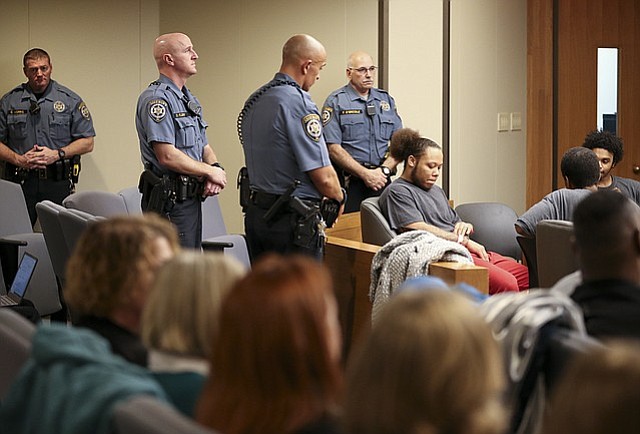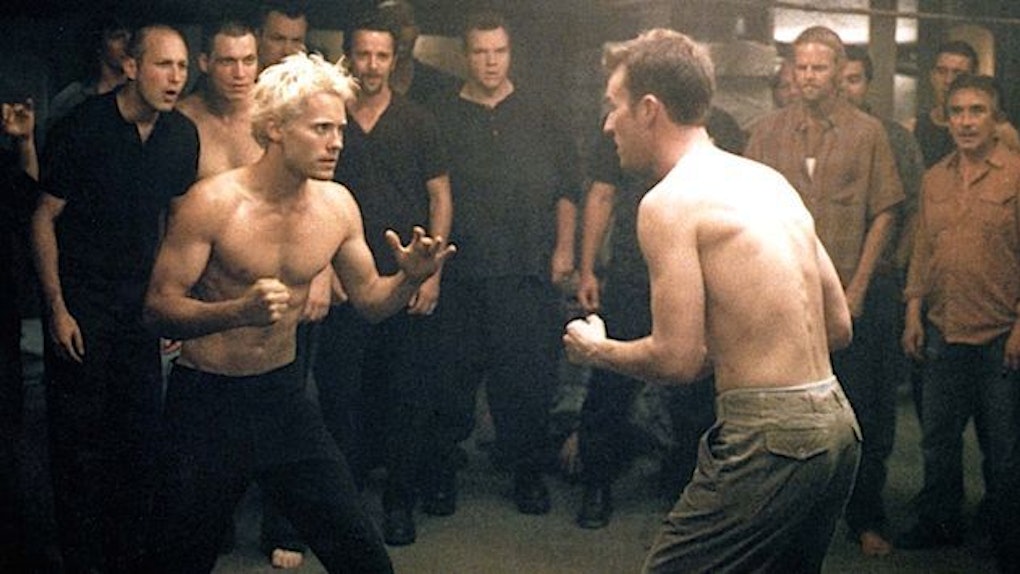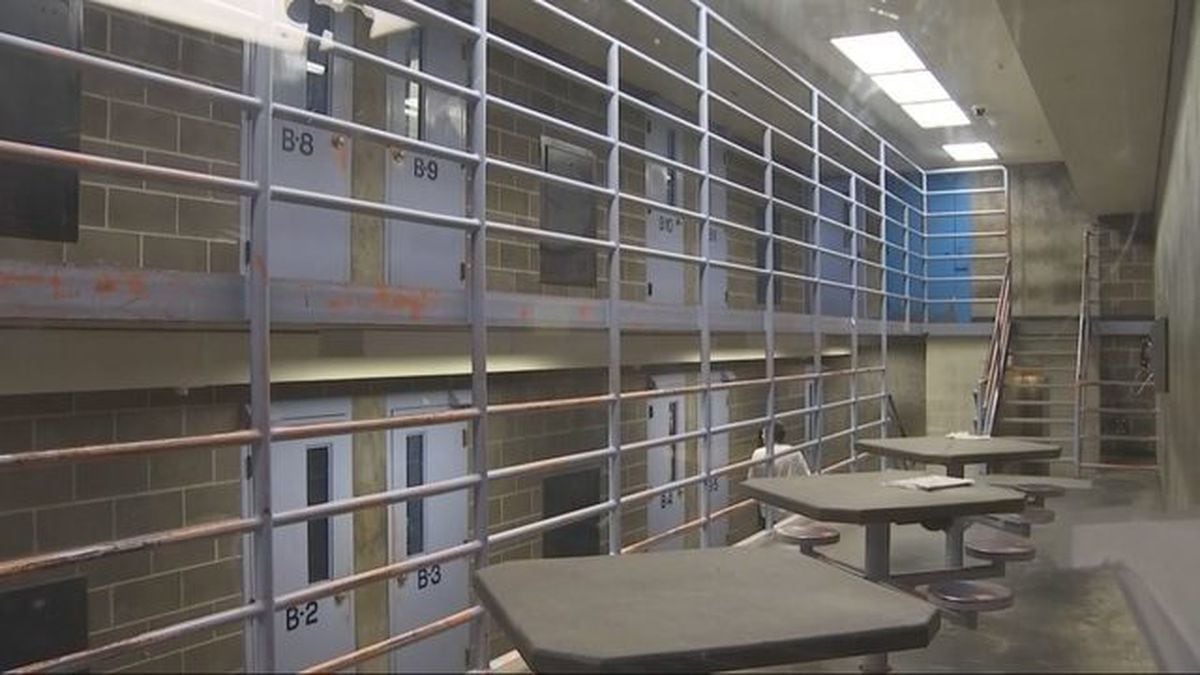
Excellent article by Lilly Fowler of Crosscut reports that prisoners, attorneys and other advocates said the WA Department of Corrections has not only been careless with protocols meant to keep COVID-19 cases in check, but has also lashed out at those who become ill.
They accuse the department of stigmatizing those who become sick with the virus, even as cases skyrocket in prisons and work release facilities across the state. Critics blame the department’s lack of an organized response for the rapid spread of the virus.
Apparently, the Office of the Corrections Ombuds, the state’s watchdog, has already found fault with the Department of Corrections’ response to the COVID-19 outbreak at the Coyote Ridge Corrections Center in Central Washington. Two people there died in June, and more than 300 prisoners and 100 staff have been infected. Coyote Ridge houses approximately 2,500 inmates.
In a report about the COVID-19 outbreak at Coyote Ridge, investigators said that in addition to guards not wearing masks and failing to isolate symptomatic prisoners, inmates had delayed reporting symptoms because they feared harsh conditions in solitary confinement. The two prisoners who died had waited days to report difficulty breathing, according to the investigation.
That same summer, families of prisoners accused the Department of Corrections of retaliating against six men who contracted the virus and were housed at Reynolds Work Release in downtown Seattle. Similar to other inmates at the Bishop Lewis Work Release facility, the so-called Reynolds six were sent back to prison. Although they were eventually released, the men had been singled out in part because they are Black, Muslim or Indigenous, their families said.
According to reporter Lilly Fowler, critics say the situation at Bishop Lewis shows that the Department of Corrections’ response to the pandemic isn’t improving even nearly a year into the public health emergency. Instead, the same patterns are emerging. They argue it’s time for Gov. Jay Inslee to reconsider doing more to reduce the prison population, or at the very least ensure those who become ill and speak up aren’t retaliated against.
My opinion? The Coronavirus Pandemic has threatened to turn jail sentences into death sentences. Therefore, anyone involved in the criminal justice system should do their very best to avoid jails and prisons. Convicted defendants who are sentenced to jail should seek jail alternatives. And anyone who is in jail facing criminal charges who can make bail should make bail, or at least get bail lowered to an affordable amount.
Please review my Legal Guide titled Making Bail and contact my office if you, a friend or family member are charged with a crime. Hiring an effective and competent defense attorney is the first and best step toward justice.














